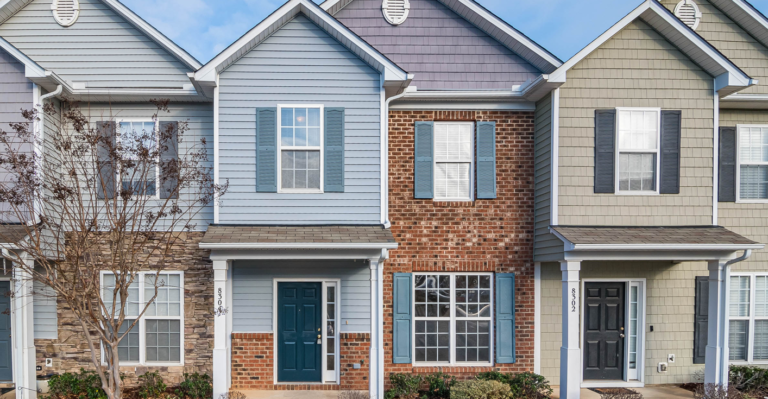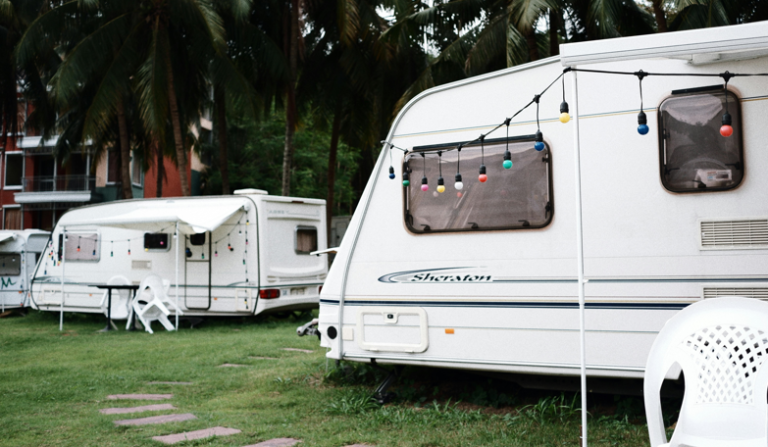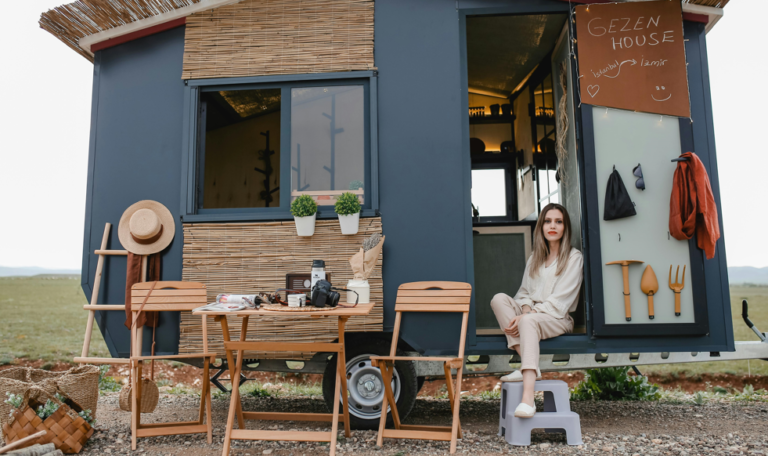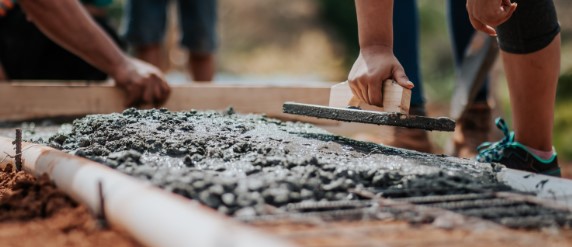How to Build a Tiny House on a Budget


Building a tiny house lets you live simply and save money. Many people dream of one, but the costs can feel high. The good news? With smart planning, hard work, and good choices, you can build affordably. Here are some tips to keep your costs low.

1. Set a Budget
Before you start, figure out how much you can afford to spend. Tiny homes cost less than traditional houses, but expenses can add up fast. Break your budget into categories like materials, tools, labor (if needed), and permits. Always set aside some extra for unexpected costs.
A clear budget keeps you from overspending. Track every expense to stay on target.

2. Do It Yourself (DIY) as Much as Possible
Labor is one of the biggest costs in homebuilding. Doing the work yourself saves a lot of money. Many parts of a tiny house—like framing, insulation, and interior finishing—aren’t too hard to learn with online guides and videos.
Even if you can’t do everything, helping out reduces the number of hours you need to pay professionals. The more you do, the less you spend.

3. Use Reclaimed or Discounted Materials
Reclaimed and second-hand materials can save you a fortune. You can find affordable or even free items like wood, windows, doors, and flooring from:
- Thrift stores
- Online marketplaces (Facebook Marketplace, Craigslist, Freecycle)
- Habitat for Humanity ReStores
- Construction site leftovers
Not only does this save money, but it can also give your home a unique and rustic charm. Just ensure materials are structurally sound and safe before using them.

4. Keep the Design Simple
The more complex the design, the more expensive it gets. Stick to a straightforward layout with essential features. Multi-use furniture can maximize space while reducing costs.
For example, a simple sloped roof is cheaper and easier to build than a complex multi-angle design. Fewer materials and less labor mean big savings.


5. Build Smaller
A smaller house naturally costs less. It requires fewer materials and is quicker to build. Plus, a smaller space needs less heating and cooling, which lowers your energy bills in the long run.
Smart space planning can make even the tiniest home feel comfortable and functional.


6. Shop Smart for Materials
Buying materials in bulk often leads to discounts, especially for essentials like lumber, screws, nails, and insulation. Compare prices at different suppliers and look for sales or clearance deals at home improvement stores.
Some contractors and businesses sell leftover or slightly damaged materials at reduced prices—worth checking out!

7. Consider Alternative Building Materials
Traditional wood framing isn’t the only option. Depending on your location and skill level, alternative materials can lower costs:
- Shipping containers – Strong and pre-built, but require insulation and modification.
- Cob or adobe – Affordable and eco-friendly, but labor-intensive.
- Straw bale or earthbag homes – Great insulation, but require specific construction methods.
These materials can be budget-friendly, but research is key. Some may require extra labor or special permits.

8. Consider Off-Grid Solutions
Living off-grid can reduce long-term expenses by eliminating utility bills. Options include:
- Solar panels for electricity
- Rainwater collection systems for water
- Composting toilets instead of expensive septic systems
While off-grid setups require an upfront investment, they can pay off over time, especially if you plan to live in a remote area.

9. Hire Professionals When Needed
Some parts of construction—like electrical wiring and plumbing—require expertise to meet safety codes. Hiring professionals for these jobs prevents costly mistakes and ensures your home is built to code.
Get multiple quotes before hiring anyone to find the best price.
10. Take Your Time
Rushing leads to mistakes, wasted materials, and bad financial decisions. A well-planned project saves money in the long run. Be patient, do your research, and make thoughtful choices.

Conclusion
You don’t need a fortune to build a tiny house. With smart planning, DIY work, second-hand materials, a simple design, and careful budgeting, you can create a home that fits your needs without overspending.
Consider alternative materials and off-grid solutions for additional savings. Most importantly, take your time and enjoy the process. Your dream tiny home is possible—without breaking the bank.






